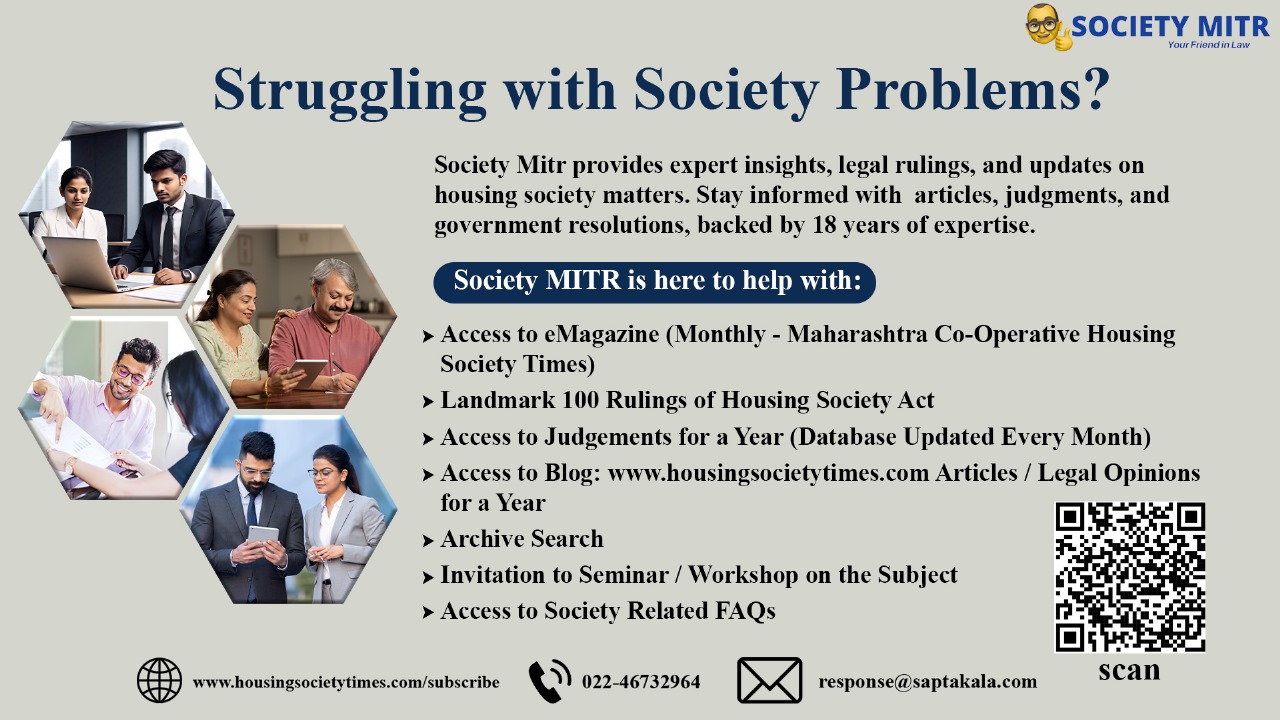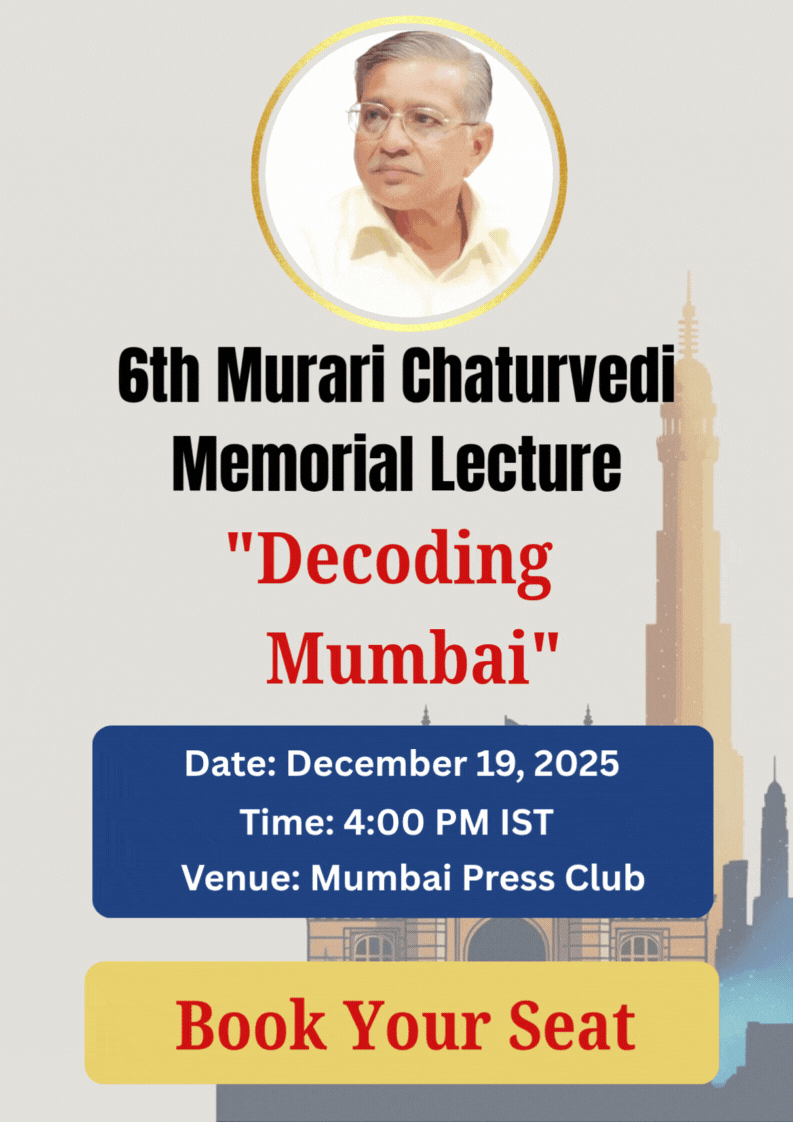A structural audit is a mandatory exercise for older buildings, aimed at assessing the safety and stability of the structure. In Mumbai, buildings over 30 years old must undergo structural audits under the guidelines of the Brihanmumbai Municipal Corporation (BMC). Based on the findings, the building is graded into categories, with C1 Structural Audit Report being the most severe, indicating that the structure is beyond repair and requires immediate evacuation and demolition. However, what happens if society members believe the C1 category has been wrongly assigned?
Challenging a C1 Structural Audit Report
If your society’s building has been routinely repaired and maintained, and yet the structural audit has categorized it as C1, you have the right to challenge the findings. In some instances, members may suspect that the report is biased or influenced by the managing committee to push for redevelopment. In such cases, concerned members can initiate a formal process to dispute the findings.
Step 1: Obtain a Second Structural Audit Report
The first step is to get an independent second opinion from a reputed structural consultant. You can approach institutes or consultants empanelled with BMC, such as:
- IIT Bombay
- Veermata Jijabai Technological Institute (VJTI)
- Other BMC-recognised structural engineers or consultants
This second audit must be conducted as soon as possible, and the report must be submitted to the Technical Advisory Committee (TAC) within 15 days of receiving the original audit report.
Step 2: Approach the Technical Advisory Committee (TAC)
The TAC is a body constituted by the BMC that reviews disputed structural audit reports. It comprises experts in the field of structural engineering who assess whether the building truly requires demolition or if it can be repaired.
Once you file your complaint and submit the second structural audit report:
- The TAC will evaluate both reports.
- A hearing will be granted where both structural consultants (original and second opinion) will be allowed to present their case.
- If the reports are contradictory, the TAC may commission a fresh structural audit by a neutral consultant from the BMC panel.
Step 3: Wait for TAC’s Final Decision
The TAC will assess all technical findings and issue a final verdict, which will be binding on all parties, including the society, consultants, and residents.
Liability for Fake or Negligent Structural Reports
If the original consultant is found to have provided a fake or negligent report with an intent to mislead:
- The BMC can deregister the consultant.
- Legal action can also be initiated under the relevant provisions for professional misconduct and endangering public safety.
On the other hand, if residents or managing committees are found to have suppressed genuine concerns about the building’s condition, they may be held responsible for any damage or loss resulting from such negligence.
Structural audits are meant to safeguard life and property, but they must be conducted with transparency and technical accuracy. If you suspect your building’s audit was falsified or manipulated, act promptly. Obtain a second audit, approach the TAC, and follow due process. Remember, this is not just about property—it’s about safety.







